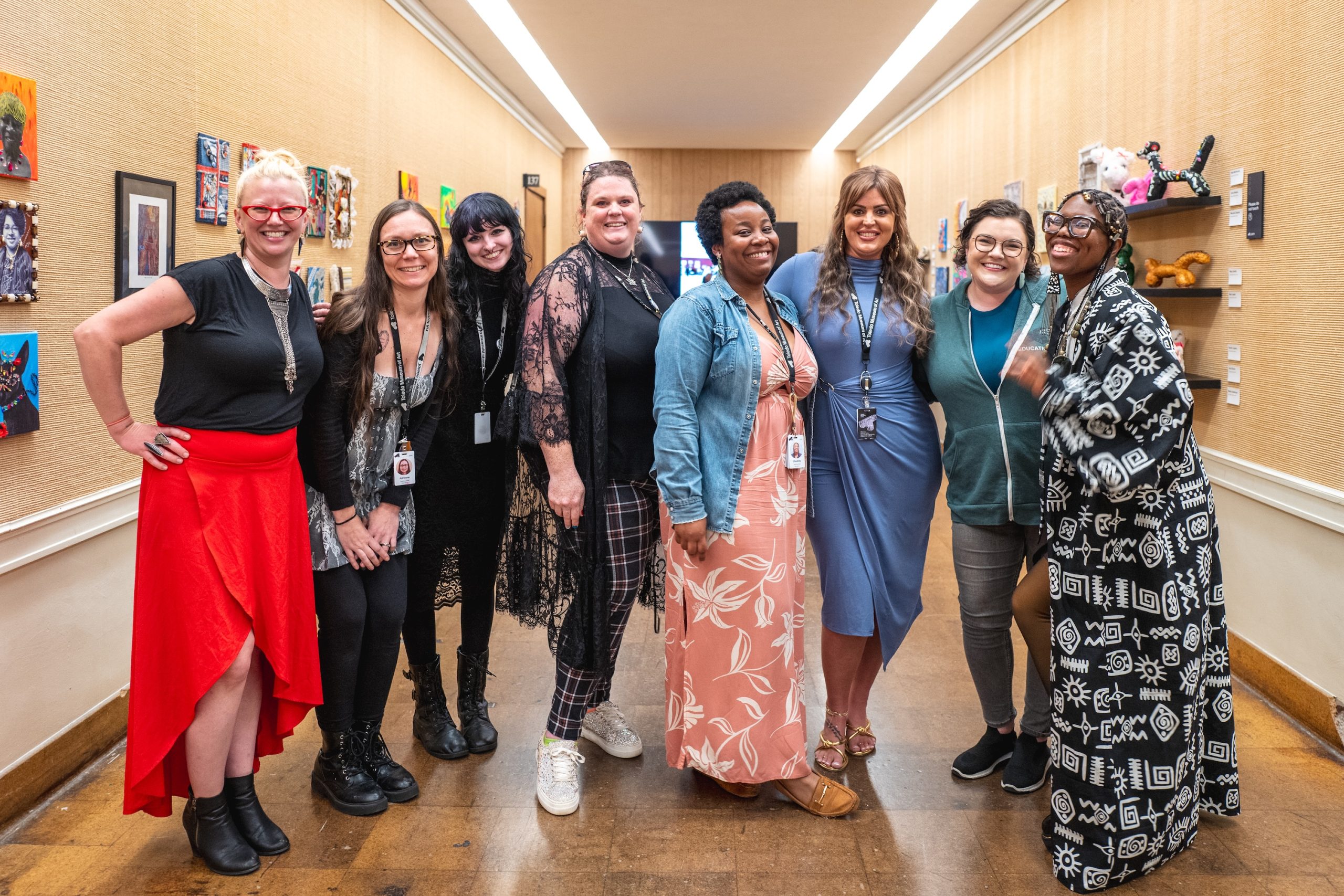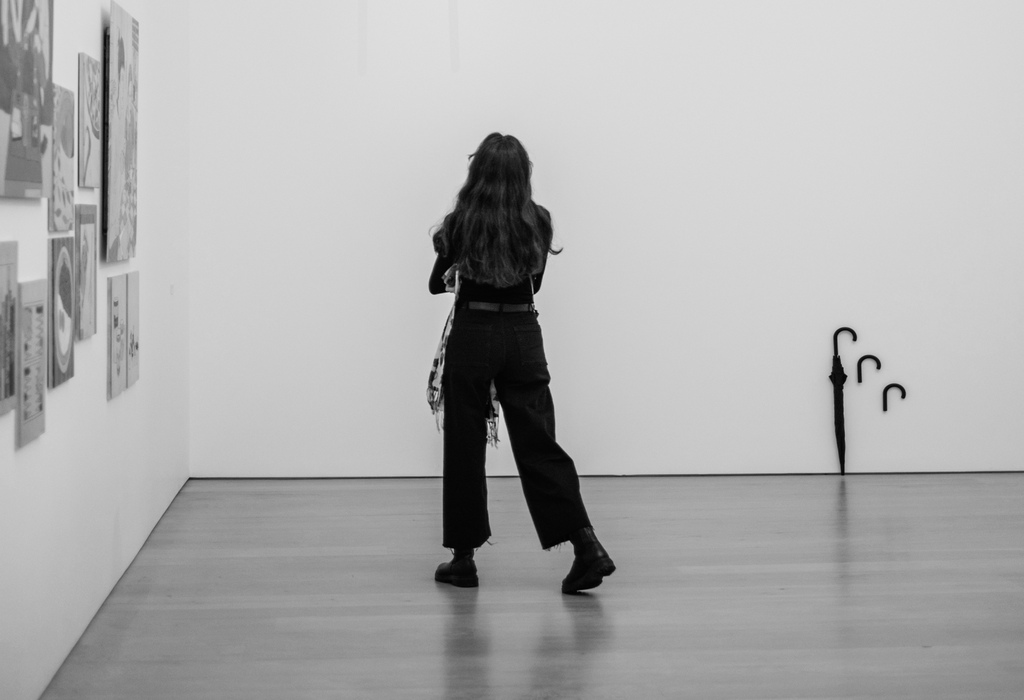Tapping In: Bridging the Gap Between Commercial and Museum Careers
A four-part series on evolving museum talent by Adam Levine, the Edward Drummond and Florence Scott Libbey Director of the Toledo Museum of Art

Tapping In
Over the course of this series, we have considered why museums should broaden their recruitment strategies to include talent from the commercial art world. We began by tracing the evolution of the director’s role and the expanding skillsets required for 21st-century leadership. We then examined how commercial art experience can strengthen museums, diversifying thought, introducing innovation, and leveraging client experience into visitor centricity. Most recently, we reviewed survey evidence that confirmed the appetite among commercial art professionals to transition into the museum field, especially among senior and mid-career leaders.
How do we bridge interest with opportunity? What concrete actions can museums take to attract, integrate, and retain candidates from the commercial sector—and how can commercial professionals best position themselves for success in museum careers? This last installment offers several recommendations on how museums can build easier pathways into their profession and on how those looking to transition from the commercial art world can best position themselves for success.

For Museums:
Widen the Candidate Funnel
SML’s survey of over 17,000 commercial art professionals found that 73% would consider a museum career, yet institutional recruitment too often defaults to candidates with prior museum backgrounds. By broadening searches to include professionals from galleries, fairs, advisory firms, and auction houses, museums can access a motivated pool eager to contribute. These candidates bring commercial acumen, global networks, and new perspectives that can enhance audience engagement, fundraising, partnerships, and program delivery.
Focus on Transferable Skills
Respondents identified networking and relationship-building, project and event management, exhibition planning, and business development as the most applicable skills. These are competencies directly relevant to museum work, which those in the commercial art world have honed in high-pressure, resource-constrained environments where efficiency, creativity, and diplomacy are paramount. Explicitly referencing these skills in job descriptions and assessment criteria signals to candidates that their expertise is not only valid but valued.
Address Barriers Head-On
The most commonly cited deterrent was lower compensation: 84% highlighted pay as a concern. It is worth remembering that most museum jobs are outside of the largest cities, so adjusting for cost of living does something to address this. Other barriers included institutional politics, slower pace, and hierarchical cultures. These realities should not be ignored, but they can be reframed. Transparent communication about total compensation, paired with emphasis on non-financial rewards—mission-driven work, extraordinary collections, opportunities for research, and strong benefits packages—can help re-balance the equation. Importantly, many senior commercial professionals reported openness to reduced pay if the opportunity offered strategic influence and the chance to drive meaningful change.
Invest in Onboarding and Development
Many commercial hires bring deep sector knowledge but less direct museum experience. Structured onboarding, mentorship, and professional development can accelerate transitions and set new hires up for success. Beyond technical training, this also supports cultural integration into institutional ways of working. Investment here ensures that museums benefit quickly from distinctive commercial skills while also retaining new colleagues for the long term.
Emphasize the Most Appealing Elements of Museum Work
Survey respondents were most motivated by contributing to public access to art (85%), working with historically important collections (80%), and pursuing mission-driven, non-commercial work (64%). Museums that foreground these values in recruitment materials and role descriptions will resonate strongly with candidates weighing a transition. In an environment where meaning and purpose increasingly drive career decisions, institutions that highlight their public mission will stand out as employers of choice.

For Jobseekers:
Translate Transferable Skills
Commercial art world professionals should present their experience in museum-relevant terms. Client management maps onto donor stewardship; exhibition planning in galleries or fairs aligns with curatorial or production roles; sales experience can be reframed as development or membership growth. This translation not only demonstrates relevance but also underscores what museums gain: New approaches to engagement, delivery, and revenue generation.
Demonstrate Your Commitment to Museums
Museums seek colleagues who share their commitment to access, scholarship, and stewardship. Applicants should articulate motivations alongside competencies, making clear that their interest stems from alignment with mission rather than dissatisfaction with the commercial sector. Respondents most often cited public access, collections, and integrity as key motivators. Making these drivers explicit strengthens applications.
Present Awareness of and Openness to Structural Differences
Respondents voiced concerns about slower processes, rigid hierarchies, and lower pay compared with commercial roles. Jobseekers should acknowledge these realities and frame them as trade-offs for advantages such as institutional stability, opportunities for funded research, and the chance to contribute to projects of cultural scale. This readiness signals maturity and adaptability, qualities highly valued by hiring committees.
Patience is Key
Museums may move more slowly than the commercial art world, and they should move more quickly. It is also true, though, that museum pace arises from thoughtful decisions about structure and governance. A move to museums will be accompanied by changing cultural norms, but those should be understood and learned from before any attempt to change them is made. Only by understanding the system can you hope to change it.
Understand Your ‘Why’
By definition, these articles have focused on aggregate data at the sectoral level. Getting a job, however, is about how an individual candidate and a particular institutional opportunity fit. Candidates who can articulate why they are interested in museum work are interesting, but it is the candidates who can articulate why they are interested in a specific museum job that are compelling to interviewers and hiring managers. Understand what you most want out of a museum career, apply to institutions whose work aligns with your personal purpose, and underscore the alignment you feel with that particular institution.
Conclusion
This series began by questioning whether museums should look beyond the traditional curatorial pipeline for leadership. The subsequent survey and its results have confirmed a deep reservoir of motivated talent. To the extent museum leaders want to avail themselves of that talent and survey respondents want to act on their responses, these articles should have laid out concrete steps to facilitate that transition. Following this very playbook, the Toledo Museum of Art will shortly be posting for a Major Gift Officer, and we will actively be looking for candidates with commercial art world experience. If museums can match their needs with the motivations and skills of commercial professionals, they will not only fill roles but also expand capacity to innovate, connect, and thrive in a rapidly evolving cultural landscape.













